#Sergio Mendes
Text

Sergio Mendes – The Beat Of Brazil (1967)
Cover art : Haig Adishian.
70 notes
·
View notes
Text

Elvis with Sergio Mendes and Paul Anka in Las Vegas, 1972.
#elvis#elvis presley#elvis history#elvis presley history#elvis photos#elvis presley photos#music history#movie history#elvis in the 70s#70s elvis#sergio mendes#paul anka#king of rock n roll#elvis aaron presley#1970s#1972
155 notes
·
View notes
Text

23 notes
·
View notes
Text
Smoking. Hot Latin Jazz
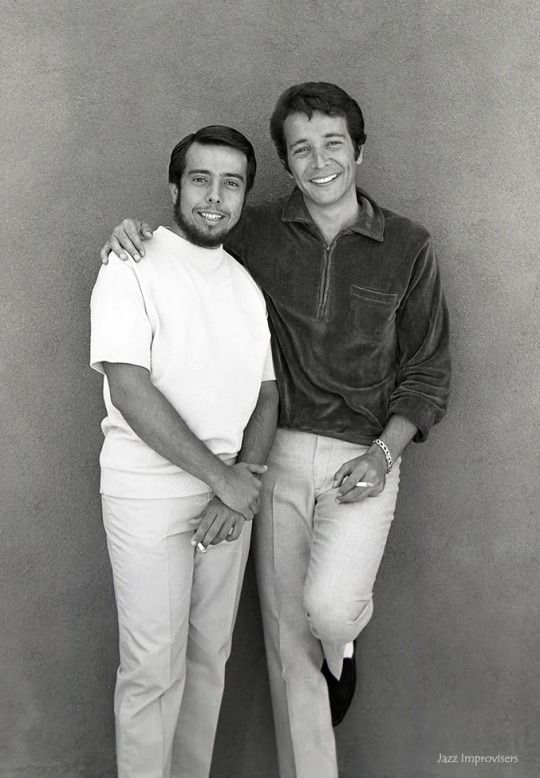
Sergio Mendes and Herb Alpert
11 notes
·
View notes
Text
8 notes
·
View notes
Text


Anastasia Polibina and Pavel Golovishnikov competing in the rhythm dance at the 2023 World Championships.
(Source: Absolute Skating)
#Anastasia Polibina#Pavel Golovishnikov#Polibina Golovishnikov#Ice dance#Poland#Figure skating#2022–2023#2023 Worlds#Latin#Sergio Mendes#Magalenha#Hip Hip Chin Chin#Samba#Rhumba
19 notes
·
View notes
Text

Sergio Mendes & Brasil '66 - Mas Que Nada (1966)
Jorge Ben
from:
"Herb Alpert Presents Sergio Mendes & Brasil '66" (LP)
"Mas Que Nada" / "The Joker" (Single)
Bossa Nova | Samba | Brazilian
JukeHostUK
(left click = play)
(320kbps)
Personnel:
Lani Hall: Lead Vocals
Sérgio Mendes: Keyboards / Vocals / Arranger
Bibi Vogel: Backing Vocals
Bob Matthews: Bass / Vocals
Jose Soares: Percussion / Vocals
Joao Palma: Drums
Bruce Botnick: Engineer
Produced by Herb Alpert
Recorded:
@ The Sunset Sound Recorders
in Hollywood, California USA
1966
Single Released:
July, 1966
Album Released:
August, 1966
A & M Records
2006 CD Reissue:
Verve Records
#Sergio Mendes & Brasil '66#Sergio Mendes#Mas Que Nada#A & M Records#Brazilian#Lani Hall#Samba#Bossa Nova#1966#1960's#Verve Records#Herb Alpert Presents Sergio Mendes & Brasil '66
8 notes
·
View notes
Photo
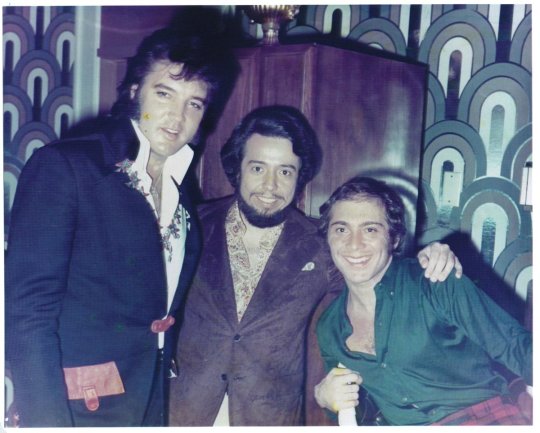
Elvis with singer Paul Anka and renowned pianist Sergio Mendes backstage at the Las Vegas Hilton. A possible date offered by the more investigative Elvis fans on Facebook was August 5, 1972.
18 notes
·
View notes
Text

Sergio Mendes and Antonio Carlos Jobim strolling the streets of Manhattan, 1962
89 notes
·
View notes
Text
The manta had no dreams growing up of being a bandit.
He had always been a composer first. It was around six years ago when the manta heard two classmates climb to the rooftop of their middle school to belt out a cappella of Calamari Inkantation. It would've been miracucous for anyone NOT to hear them. The duo and the manta eventually recorded several demos together, but the manta had set his sights higher.
So instead of joining Deep Cut, the manta moved to Inkopolis.
The boatload of scholarships his clan had successfully negotiated for the manta set him up for a prestigious university. His lodgings, however, were in a poor neighborhood by Inkopolis Second Dam. The neighborhood is split in half by a large spillway meant to divert excess floodwater safely. The majority of this veritable cordon sits below the waterline, but the property values were blessedly low. It was like a miniature walled city.
The manta recorded this demo based of an antedilulvian folk tune that survived the centuries and influenced much of manta ray culture. The "ays" were a regional dialect of choice that the manta ray chose to forgo for this session. The meaning behind the lyrics have been lost to time, but the manta knew that old songs like this had power. If Calamari Inkantation could change a society overnight (as was rumored back in the Splatlands)… what else could music do?
Big Man was never meant to find out. Several weeks after this recording, Inkopolis Second Dam experienced a catastrophic malfunction. Millions of tons of water surged from atop a clogged, overflowing spillway to submerge the low-class neighborhood below.
The manta considered himself rather lucky to live on the second floor of his rental apartment building, until the water rose and engulfed his room and then the whole complex was condemned in the aftermath of the flooding and he realized that maybe he wasn't so lucky after all.
It is an enforced misconception that the results of the Order vs. Chaos Splatfest is what sparked the mass exodus of Inkopolis' lower class to the Splatlands. In reality, it the political and media shitstorm surrounding the Barclay Street Flood (as it came to be known) and the mismanagement and inequality of all that came before. The Splatfest simply offered the perfect impetus.
Along with them came the manta, with no prospects to his name other than a clan he was too ashamed to return to. He had lost all of his previous music — including this very demo — to the floodwater. The scholarships were withdrawn. His family stopped answering his calls.
And then he reunited with Shiver and Frye, and the three turned to banditry during the rapidly-developing societal upheaval in Splatsville. At first it was for self-sufficiency, and then for more heroic purposes, and then Big Man's new music caused them to be thrust into a very inopportune spotlight and skyrocket them to fame. Somehow the bandit trio have not been found out and arrested yet.
Inkblot Art Academy is a decent enough alternative, though Big Man attends remotely and doesn't know if he'll still get the chance to take Splat History 101 once the Big Run is over.
It's not a bad lot in life, all things considered. He has two of the best friends he could ask for; a passion he's in the midst of fulfilling. But...
Sometimes, in quieter moments, Big Man thinks about the higher education he never received and the aspirations left to drift out of reach. He thinks about whether or not his family would really be proud of him, and he wonders if he ever could have been more.
#splatoon#big man#splatoon big man#splatoon ost#fan music#splatoon 3#arrangement#demo tapes#mashup#music#music cover#lost music#frye#shiver#splatoon side order#side order#splatoon dlc#sergio mendes#black eyed peas#splatfest#big run#backstory#flooding#social inequality#immigration#tragic backstory#who knew?#4getfullfox#redeyedsheepskull#who needs to unprivate their fanfic or SO HELP ME GOD
30 notes
·
View notes
Photo

Around 1970, Harrison Ford can be seen on the far right in this photograph, during his time working as a carpenter involved in the construction of a recording studio for Brazilian musician Sergio Mendes.
8 notes
·
View notes
Text
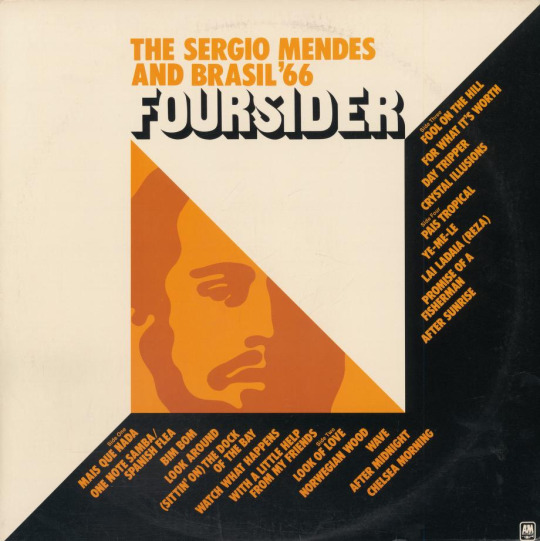

the sergio mendes & brasil '66, foursider, 1972
a compilation of songs by sergio mendes & brasil '66; published by the record label foursider
archive / discogs
#sergio mendes#brasil '66#sergio mendes & brail '66#bossa nova#latin jazz#jazz#1970s#70s#album cover#album art#design#illustration
6 notes
·
View notes
Text
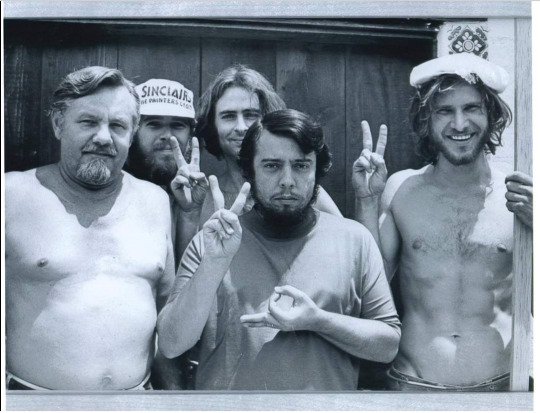
For many, a normal photograph of some carpenters, posing next to their boss, but for a Cinephile, it is much more than a simple photograph.The photograph was made public by the Brazilian singer-songwriter Sérgio Mendes, who is in the center of the photograph. Sometime, back in 1970, he hired a group of carpenters to help him build his recording studio. Then, during a brief break, he took a photo with them, not knowing that one of the carpenters would become a famous film actor.
2 notes
·
View notes
Text

Sérgio Mendes
The Beat of Brazil
1976
1 note
·
View note
Text
150: Luiz Carlos Vinhas // O som psicodélico de L.C.V.
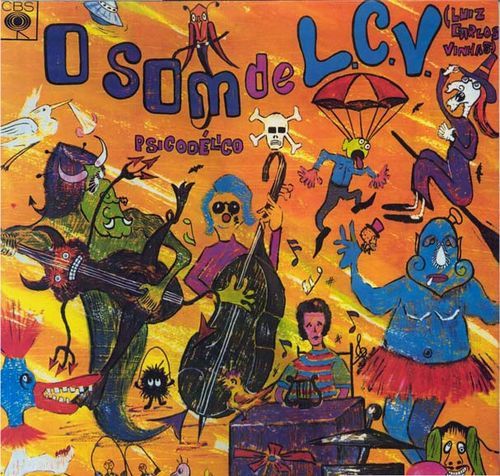
O som psicodélico de L.C.V.
Luiz Carlos Vinhas
1968, CBS (Bandcamp)
This album is so fucking good, ay ay ay. Pianist Luiz Carlos Vinhas was a founding member of the bossa nova movement who played with the instrumental trio Bossa Três; as a sideman for Jorge Ben and many others; and released a handful of solo records, of which his ’64 debut Novas Estruturas (New Structures) is the most acclaimed—though it’s sadly as desperately rare as the rest of his catalogue. A fine album in its own right, Novas Estruturas is laid back bossa jazz that will class up any joint lucky enough for it to be played in, but 1968’s O som psicodélico de L.C.V. (The Psychedelic Sound of L.C.V.) is on a different level. In the four years since his debut, Vinhas has clearly drawn influence from the burgeoning Tropicália movement. If L.C.V.’s not quite as deliciously off-meds as Gilberto Gil or Tom Zé’s releases from the same year, it’s at least their equal in colour and pure festive pleasure.
youtube
The trio of Vinhas originals on the A-side testify to the album’s carnivalesque range: on “Tanganica” (possibly named for a province in the Congo) simulated birdcalls scream around a twanging electric guitar, samba percussion, and a series of stirring trumpet solos; on the militant “Yê-Melê” (which Sérgio Mendes would cover the following year), the music switches between pounding Afro-Cuban piano and strafing organ runs, while a chorus of female vocalists and a group of trumpeters take turns riling up the audience; “Zize-Baio” (Google Translate shrugs its shoulders at me) is pure pop, with a rising instrumental hook that continues to build pleasure until the song cuts just over two minutes in and you feel a little ruffled it’s over so soon. But life goes on, and Vinhas’s band throw everything at you: a stunning rendition of Horace Silver’s “Song to My Father,” a trio of inventive medleys on the B-side that find time for Ary Barroso and “Chatanooga Choo-Choo” alike, the attack of pure mania that is the motormouthed “O Dialogo” (another Vinhas original), and on and on.
Only reissued for the first time in 2020 by Mad About Records, my copy is a weird bootleg that appears to be from ’68 and is identical to the hyper-rare original release, aside from differently coloured labels on the disc itself. Considering the price of bossa nova original pressings, I feel lucky to have it, and though I’m no expert in the genre, it’s hard to imagine this ever falling from its high perch among my favourites.
150/365
#luiz carlos vinhas#bossa nova#samba#tropicalia#jazz fusion#brazilian music#music review#vinyl record#'60s music#south american music#jorge ben#sergio mendes#bossa tres
5 notes
·
View notes
Video
youtube
You and me,
We're gonna be better than we were before.
I loved you then,
But now I intend to open up,
And love you even more.
This time you can be sure...
Sérgio Mendes feat Joe Pizzulo and Leeza Miller - Never Gonna Let You Go
#sergio mendes#joe pizzulo#leeza miller#music#jazz#pop#latin#80s#classic#slow jams#quiet storm#never gonna let you go
3 notes
·
View notes